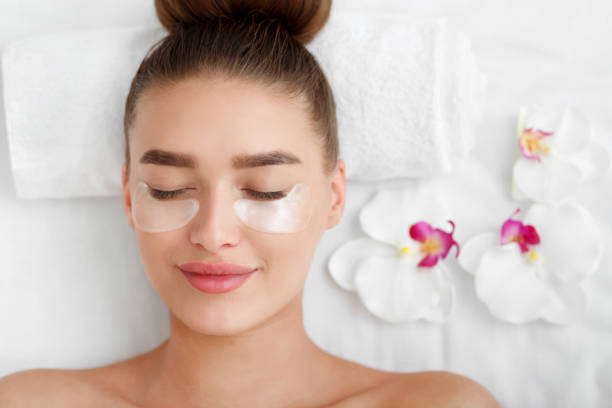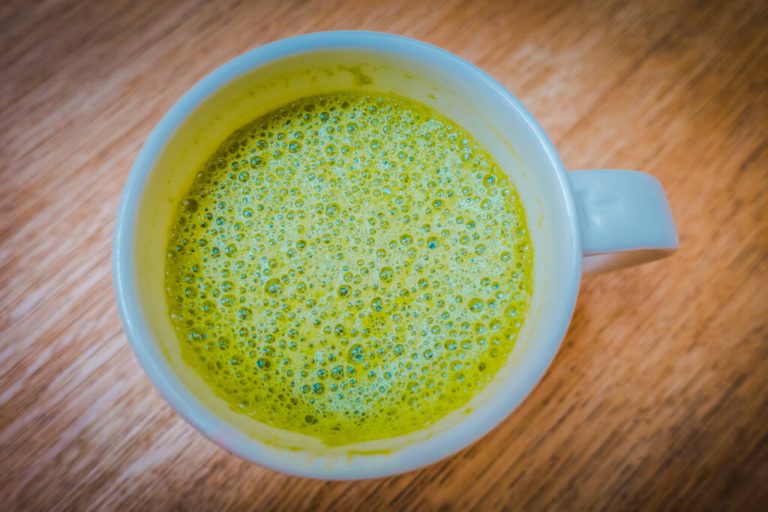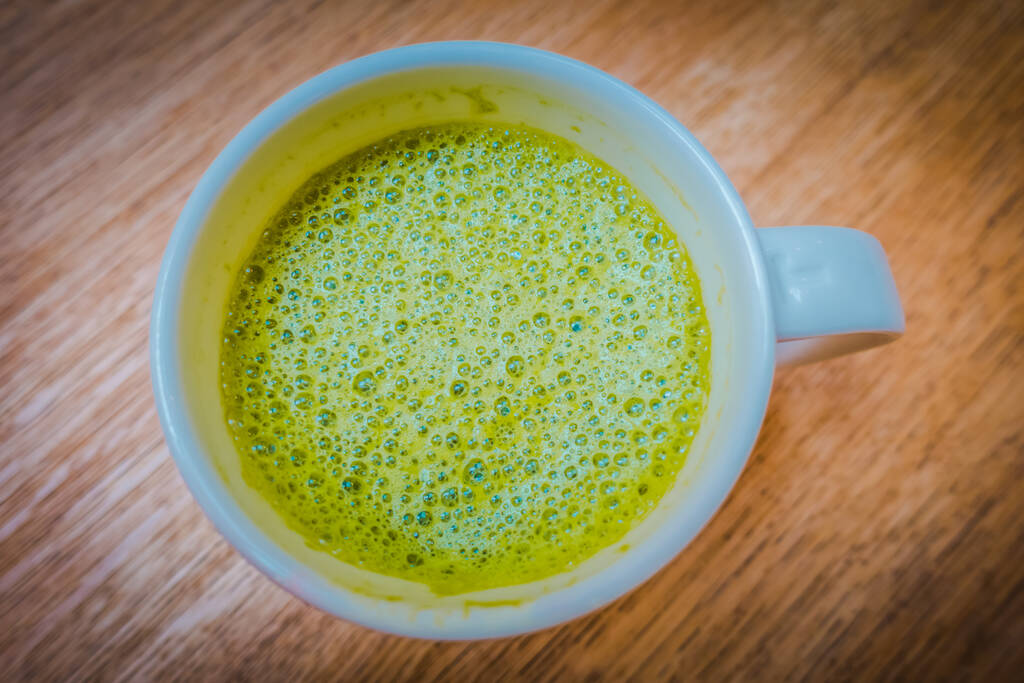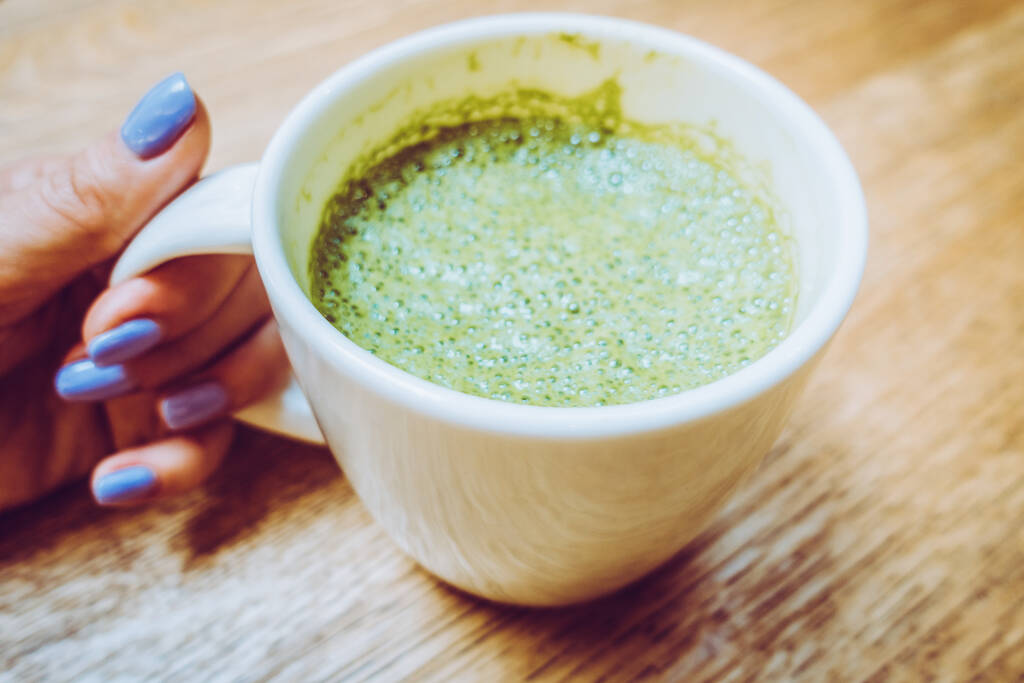Natural home remedies for swollen eye bags. Here you can find out everything about the causes of bags under the eyes and how you can treat them successfully. Many valuable measures can contribute to a fresher appearance and remove your tear sacs.
Teabags, a cucumber, or a pack of quarks are in any case effective aids against bags under the eyes. Even cooling can help against the swelling. Many of the remedies in your household are effective for puffy under-eye bags.

Home remedies for swollen eye bags
Anyone who suffers from this swelling under the eyes knows how valuable tips for removing bags under the eyes can be. It is true that these can often only be permanently and completely removed with a surgical procedure. But some home remedies promise to relieve the swollen bags under the eyes. Our tips against wrinkling are just as interesting.
1) Black tea and chamomile tea
To do this, boil water and let two tea bags with black tea or healing chamomile tea steep in it for a short time. Then let the tea bags cool down and place one on each of your closed eyes while it is still warm. The ingredients of tea have a calming and relaxing effect on the delicate skin under the eyes. You can also cool the tea bags after infusing them and then place them on your eyes when they are cold. This is pleasant, the skin contracts and swelling occurs.
2) Aloe Vera as a home remedy for bags under the eyes
A good way to optically smooth the bags under your eyes is to use aloe vera. Because the juice of the aloe vera plant has a moisturizing effect and at the same time soothes the skin. For this, you need the juice of the plant. Then mix it with a little wheat germ oil in a 2 to 1 ratio. Then put this mixture on a cotton pad and place it on your eyes for 15 minutes. As a result, the swollen bags under your eyes should reduce. Vegetable oils should also have an effect if you massage them in gently.
3) Remove eye bags with apples
Apples are a good home remedy for puffy eyes and eyelids. So if you often suffer from puffy eyes, use apple slices. Because these apple slices work wonders. Place them under your eyes and on your eyelids while they are chilled. Thus, the pectins of the apple can have an effect on your skin. Since the coldness of the apple slices causes the eyelids to swell up quickly, your eyes will look relaxed again after a short time. Also, note our home remedies for dry eyes.
4) treat bags under the eyes with cottage cheese
You can also treat swollen bags under the eyes with the effect of quark. And this treatment is simple and inexpensive. All you have to do is put two teaspoons of cool quark on your eyes (or just under your eyes) and leave it on for about 15 minutes. Consequently, the lactic acid bacteria contained in it should provide relief from the swelling. Also, note our simple tips against swelling.
5) Oculus eye cream against bags under the eyes
Reader reports and experiences with a product show the effectiveness of this cream. One reader reports how she suffered from bags under her eyes and swollen eyes for years. No doctor or medication helped her. But she read about the cream in a forum and tried it out. She was surprised by the result. Because this rich cream has made her face fresher and clearer. As a result, she no longer needs a concealer and is much happier. And other creams from the Internet can bring relief. In addition, note the effective home remedies for wrinkles around the eyes.

6) Permanent removal with surgery
Sometimes the swollen bags under the eyes can only be removed through surgery. There are various ways to remove the tear sacs. But such an intervention is also associated with risks and side effects and should be carefully considered. If you are considering this possibility, you should first talk to your family doctor. The procedure can then be carried out by an ophthalmologist or dermatologist.











